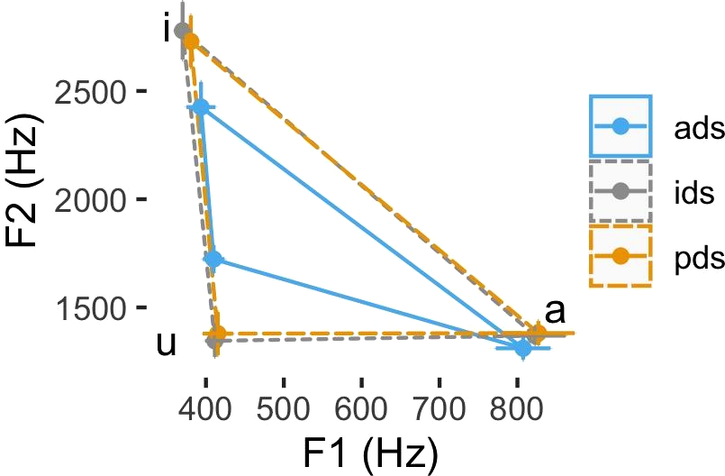2023-10-11 バージニア工科大学(VirginiaTech)
◆この「楽しい会話」には、言語発達の将来的な研究や、感情的な話し方ができない母親へのサポートに関する示唆があります。
<関連情報>
- https://news.vt.edu/articles/2023/10/cm-languagestudy-puppies.html
- https://www.cambridge.org/core/journals/journal-of-child-language/article/positive-valence-contributes-to-hyperarticulation-in-maternal-speech-to-infants-and-puppies/713F9B549239A9DE6280D7FC86492635
乳児と子犬に対する母親の発話において、肯定的価値は多弁に寄与する Positive Valence Contributes to Hyperarticulation in Maternal Speech to Infants and Puppies
Robin Panneton,Alejandrina Cristia,Caroline Taylor and Christine Moon
Journal of Child Language Published:01 July 2023
DOI:https://doi.org/10.1017/S0305000923000296

Abstract
Infant-directed speech often has hyperarticulated features, such as point vowels whose formants are further apart than in adult-directed speech. This increased “vowel space” may reflect the caretaker’s effort to speak more clearly to infants, thus benefiting language processing. However, hyperarticulation may also result from more positive valence (e.g., speaking with positive vocal emotion) often found in mothers’ speech to infants. This study was designed to replicate others who have found hyperarticulation in maternal speech to their 6-month-olds, but also to examine their speech to a non-human infant (i.e., a puppy). We rated both kinds of maternal speech for their emotional valence and recorded mothers’ speech to a human adult. We found that mothers produced more positively valenced utterances and some hyperarticulation in both their infant- and puppy-directed speech, compared to their adult-directed speech. This finding promotes looking at maternal speech from a multi-faceted perspective that includes emotional state.


